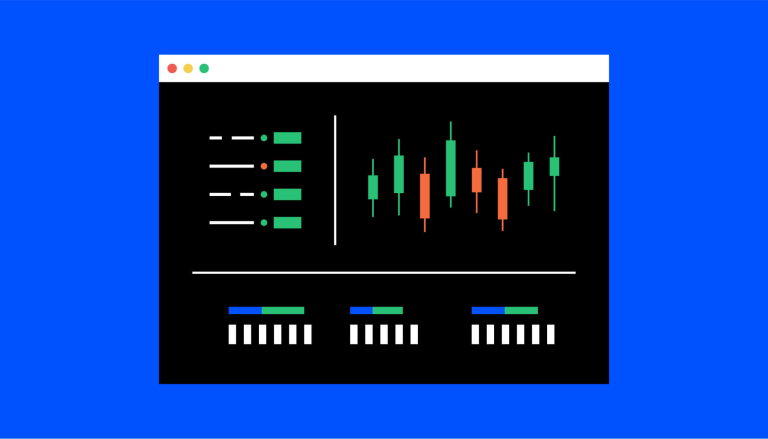What is liquidity mining?

Liquidity mining is a process where participants supply cryptocurrencies into liquidity pools and receive compensation based on their share.
It is a strategy in the decentralized finance (DeFi) space, allowing users to receive compensation from their digital assets.
Understanding liquidity mining requires a grasp of decentralized exchanges (DEXs) and automated market makers (AMMs), which facilitate the process.
What is Liquidity in Cryptocurrency?
In the context of cryptocurrency, liquidity refers to the ease of buying or selling coins and tokens without significantly affecting their prices. High liquidity implies that there are many buyers and sellers, allowing for quick transactions. Conversely, low liquidity indicates fewer offers and trades, where large orders could potentially impact the asset's price. Therefore, assets with high liquidity are generally more attractive and less risky for traders.
Understanding Decentralized Exchanges (DEXs) and Automated Market Makers (AMMs)
Decentralized exchanges (DEXs) operate autonomously, using smart contracts, and are not controlled by a centralized entity. They replace centralized exchanges by providing a more decentralized trading environment. However, DEXs initially struggled with low liquidity, making it difficult to complete traders' orders. This changed with the emergence of Automated Market Makers (AMMs).
AMMs are exchanges that use liquidity pools instead of order books to match buyers with sellers. These liquidity pools are smart contracts that store paired cryptocurrencies. When someone wants to swap one asset for another, the funds are drawn from the pool, allowing for instant transactions.
The Role of Liquidity Providers in Liquidity Mining
The funds in liquidity pools come from individuals who own the coins or tokens in question. These individuals, known as liquidity providers, supply their assets to the liquidity pool. In return, they receive compensation in the form of fees and tokens based on their share of the total pool liquidity. This process of supplying cryptocurrencies to liquidity pools and receiving compensation is known as liquidity mining.
Risks and Benefits of Liquidity Mining
Liquidity mining provides a way for cryptocurrency holders to receive compensation from their assets. However, like any financial activity, it comes with its own set of risks and benefits. On the positive side, liquidity providers can receive compensation from transaction fees and token rewards. On the downside, they may face risks such as impermanent loss, where the value of their deposited assets decreases compared to holding them outside the pool. Therefore, it's crucial for potential liquidity miners to understand these factors before participating in liquidity mining.


